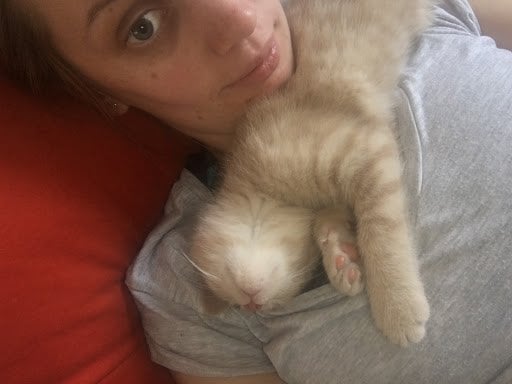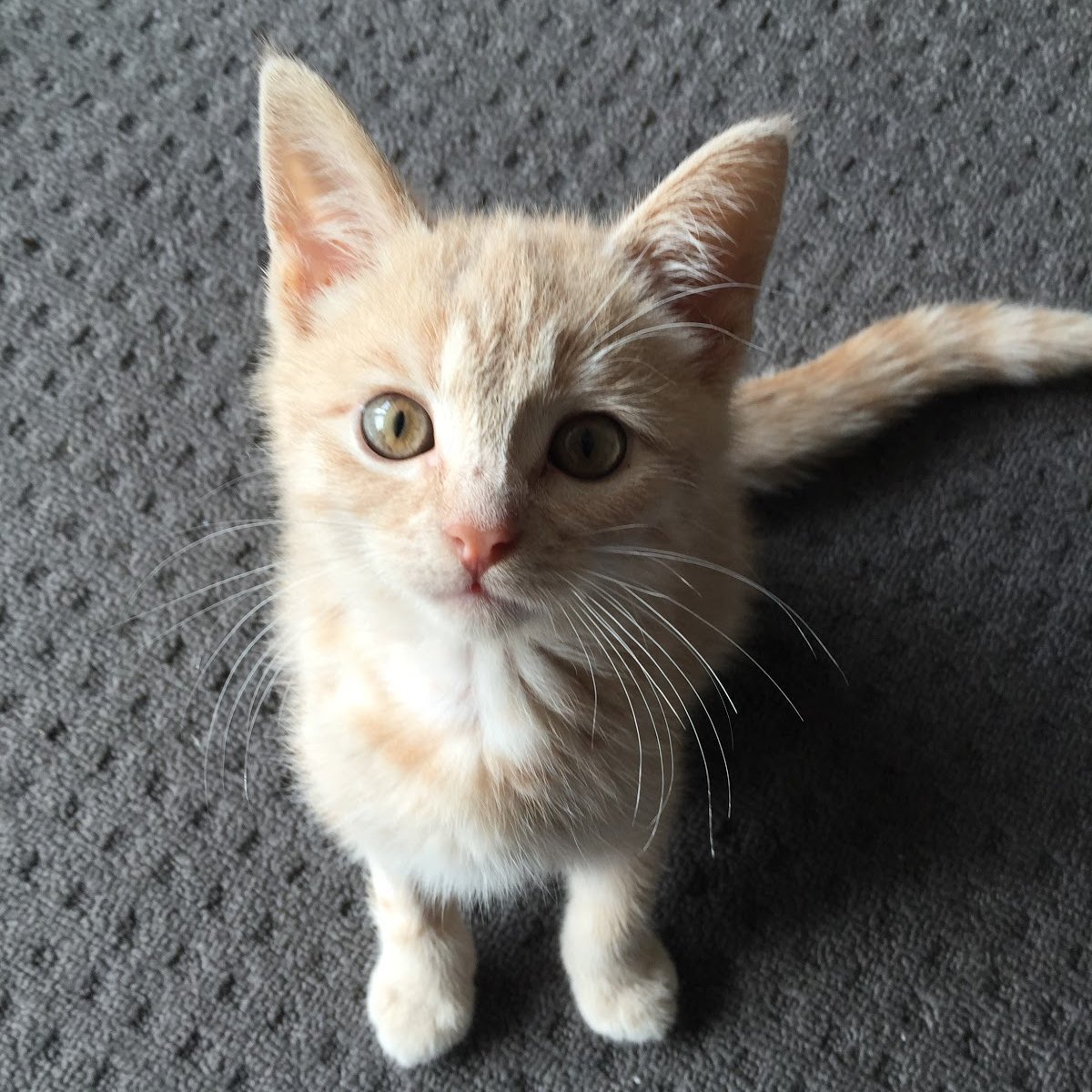

A few years ago I decided I wanted a pet. A kitten, specifically.
Getting a cat seems easy… right? They are cute, adorable, snuggly and generally pretty easy to look after... surely?
Well, after scrolling through lots of adoption and rescue sites I found the cutest ginger kitten, and before I knew it he was mine. Banjo's now a member of the family, but there were definitely a few things I needed to learn in those early days.
I’d never owned a cat before (our family grew up owning dogs), so it was an exciting new experience. This also meant that I needed to do a whole lot of research to find out what my new kitten needed. What type of litter should I use? Where will he sleep? What do I need to know beforehand?
 Banjo, a complicated being. Image: Supplied.
Banjo, a complicated being. Image: Supplied.



